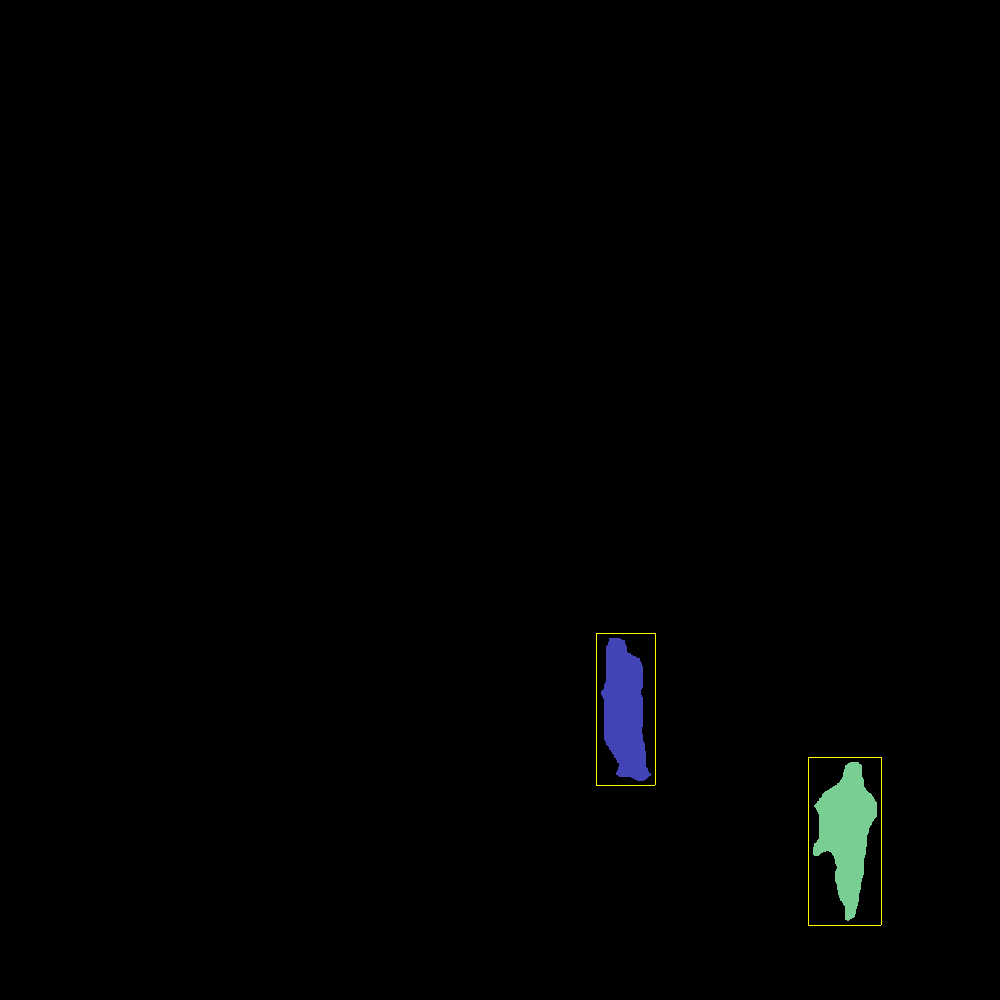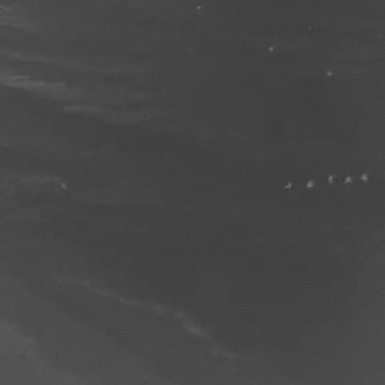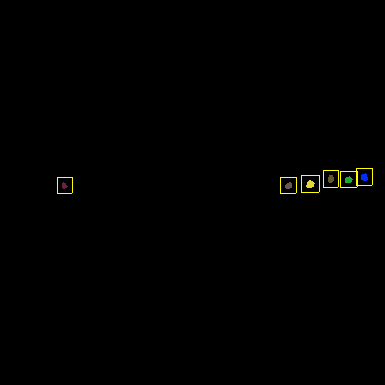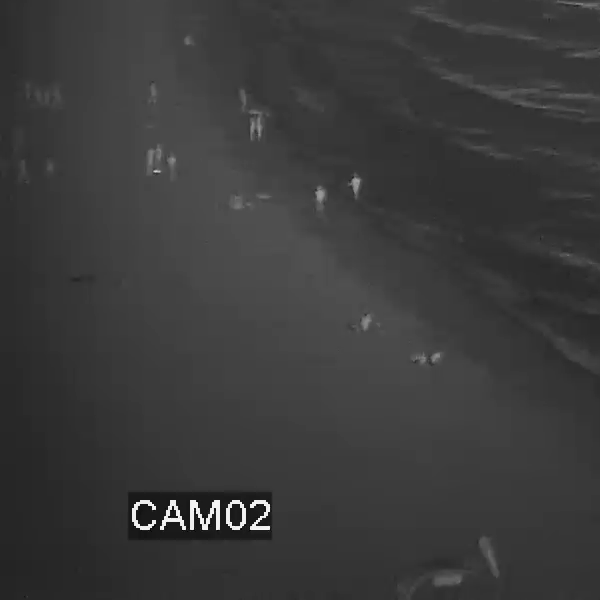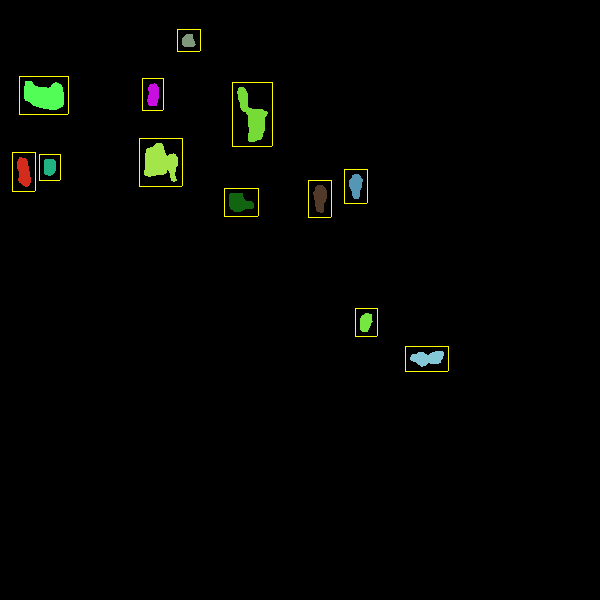Supplemental material for the Sensors journal paper CNN-based Person Detection using Infrared Images for Night-time Intrusion Warning Systems. The paper can be accessed through the following link. If you find this code or data useful, please cite our paper as follows:
Park, J.; Chen, J.; Cho, Y.K.; Kang, D.Y.; Son, B.J. CNN-Based Person Detection Using
Infrared Images for Night-Time Intrusion Warning Systems. Sensors 2020, 20, 34.
@Article{s20010034,
AUTHOR = {Park, Jisoo and Chen, Jingdao and Cho, Yong K. and Kang, Dae Y. and Son, Byung J.},
TITLE = {CNN-Based Person Detection Using Infrared Images for Night-Time Intrusion Warning Systems},
JOURNAL = {Sensors},
VOLUME = {20},
YEAR = {2019},
NUMBER = {1},
ARTICLE-NUMBER = {34},
URL = {https://www.mdpi.com/1424-8220/20/1/34},
ISSN = {1424-8220},
DOI = {10.3390/s20010034}
}
To download the university dataset, use this Dropbox link or run the following script:
./download_data.sh
To prepare a new dataset, first create a subfolder under the "dataset" folder (e.g. dataset/myfolder). Copy the image files to this subfolder using the naming scheme 1.png 2.png 3.png ... etc. Next, create a file "params.txt" in the subfolder with a single line containing the values [xOffset] [yOffset] [cropSize]. This indicates that the area of interest should start at (xOffset,yOffset) and span a window of cropSize x cropSize.
To create ground truth annotations for each image, use the "annotate.py" script. Click on relevant segments of the image to label them. Type the "space" character for the next image and the "r" character to refresh. The "margin" parameter controls the size of the neighboring region to perform automatic flood fill.
python annotate.py --dataset university --margin 50
Run the baseline algorithms and compute the resulting accuracy. "--method" can be one of "threshold", "threshold_adp", "backSub" or "kmeans" Result images will be displayed if the "--viz" flag is used, otherwise only the accuracy is computed. Use the "--save_frame" flag to save results from a specific frame to the "results" folder.
python baselines.py --dataset university --method threshold --viz --save_frame 100 --min_cluster 200
The first step is to convert the image files and label files into H5 files for use in training. If the "--use_history" flag is included, the input channels will have 3 components: (i) infrared image intensity (ii) difference image for 1 time step (iii) output image from running background subtraction Before doing this, make sure to run "baselines.py" with "--method backSub" to save background subtraction results in the "backSub" folder. Otherwise, only the first component is used.
python process_record.py --dataset university --imsize 385
Train the network using "train.py" (150 epochs). The trained model will be saved in "dataset/myfolder/model.ckpt".
python train.py --dataset university
Test the network and measure the accuracy. The detection threshold (a number between 0 and 1) controls the confidence level above which a pixel will be considered a positive detection. Result images will be displayed if the "--viz" flag is used, otherwise only the accuracy is computed.
python test.py --dataset university --imsize 385 --detection_threshold 0.99 --viz --min_cluster 200 --save
Evaluate the accuracy of a trained model. The input folder should contain the model checkpoint, label images and prediction images.
python evaluate.py dataset/university
- numpy
- scipy
- matplotlib
- h5py
- tensorflow
- PIL
- scikit-learn
- Deeplab V3
University sample image
University detection results
Beach sample image
Beach detection results
Shore sample image
Shore detection results

